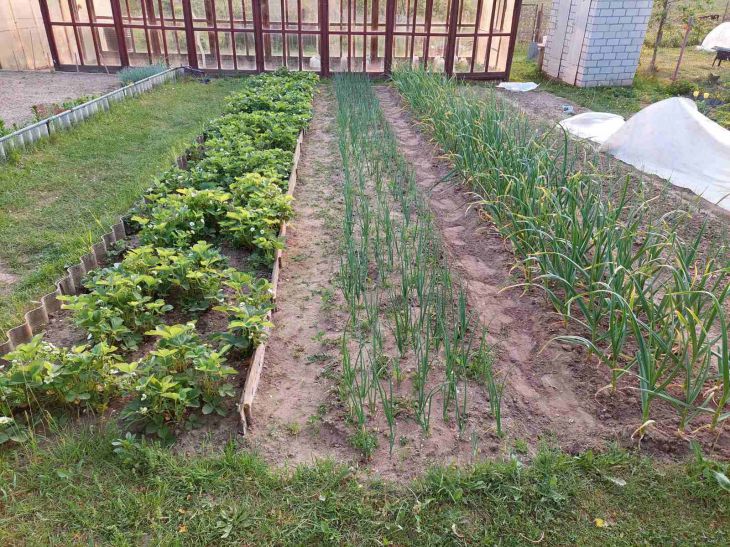Planning a vegetable garden for 2025: how to wisely distribute plants on the plot
It is no secret that if we plant the same type of plant in the same place year after year, we will end up getting nothing.
Or the harvest will be very meager and will not live up to expectations.
Or to be more precise, all desire to do it will disappear. After all, any work must be rewarded with something. Otherwise, all meaning of this work will disappear.
And when we plant a vegetable garden, we want to get fresh vegetables and herbs from it, first of all, for our table.
Therefore, the question of how to make a vegetable garden, i.e. where to place this or that plant, should be given special attention.

And it is better to do this during the winter cold, when there is time for such thoughts, emphasizes the expert of the online publication "BelNovosti", scientist-agronomist and landscape designer Anastasia Kovrizhnykh.
But, speaking about the so-called garden design, let's first figure out which crops give what average yield, for example, from 1 square meter of well-fertilized land. And these figures in kg will be approximately as follows:
- early cabbage 3-4;
- late cabbage 6-10;
- beets and carrots 4-6;
- zucchini 6-7;
- vegetable legumes 1-1.5;
- onions 2-4;
- sweet pepper 2-3;
- eggplants 3-7;
- tomatoes 4-8;
- cucumbers 3-5.
In more southern regions these figures may be slightly higher, in northern regions – slightly lower.
So, at the beginning of the article we drew your attention to the fact that you can’t constantly plant the same crops in one place. And you can return them to the old place only after 3-4 years. Moreover, you should take into account the similarity of crops by families.
For example, if the soil was infected with clubroot, then it is forbidden to plant cabbage, rutabaga, turnip, radish, or horseradish on it for at least 4 years. Since they all belong to the Cruciferae family.
The same property is possessed by "relatives" in the form of tomatoes and potatoes, which belong to the Solanaceae family. Therefore, it is better to look for another place for them for the next 2-3 years.
But parsley, carrots, cabbage, celery, sunflower and tobacco, although not related, can all suffer from white rot. And because of this, it is better to sow them in the same place no earlier than 3 years later.
When making a vegetable garden, you should also take into account the ripening time of vegetables. And in areas where early-ripening varieties of plants grew the previous year, you should plant the earliest ones in terms of planting time.
And the areas occupied by late-ripening crops are best left for late-sown crops the following spring. For example, late cabbage - cucumbers and tomatoes.
If you have fertilized the soil well with manure, it is better to plant cabbage, lettuce or cucumbers in this place in the first year, celery, beets, carrots, onions, horseradish, tomatoes in the next year. And only in the third year, plant beans or peas.
Compacted crops are acceptable, when an increased amount of harvest can be collected from one area. And two harvests can be obtained with repeated crops. If you first plant plants with a relatively long ripening period, and then - early-ripening crops.
